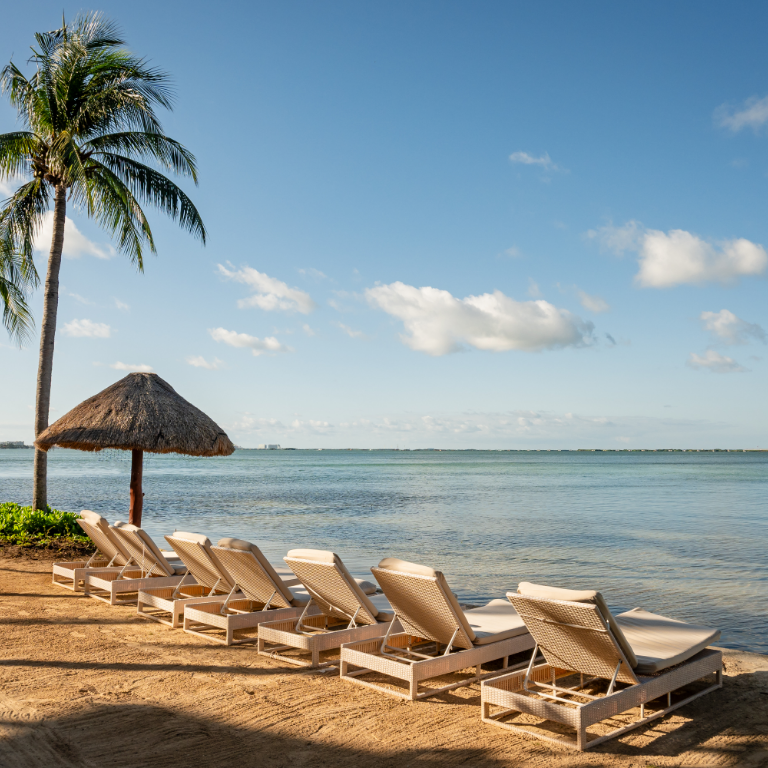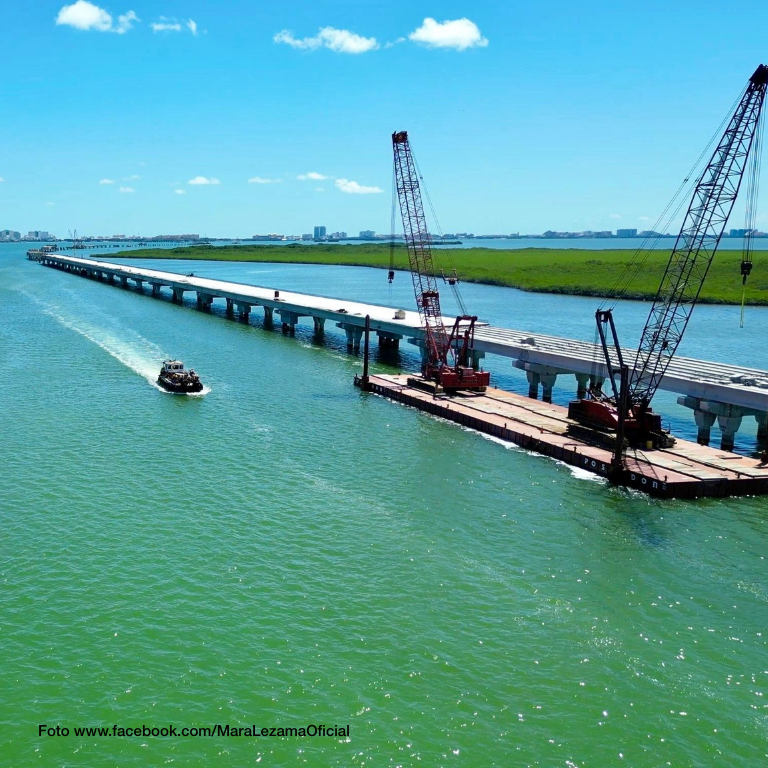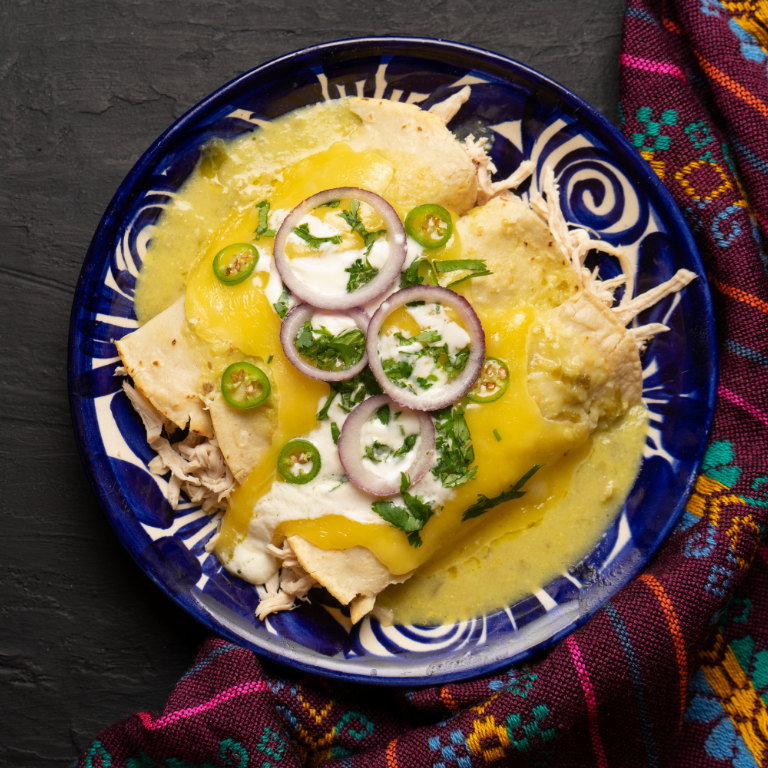We have seen it in countless platform videos: in the minds of many people around the world, Mexico is synonymous with a beach or desert. It is true, some of the beaches in Mexico are always in the top 10 of the best in the world and, yes, 40% of the Mexican territory is made up of arid or semi-arid areas, which doesn’t stop them from having their charm.
In response, and in an effort to break down stereotypes, the Secretariat of Tourism of Mexico developed the Pueblos Mágicos (Magic Towns) program in 2001 with the objective of diversifying the tourist offer towards the interior of the country, promoting crafts, gastronomy, history and culture of each region of Mexico and generate varied tourist activities, attracting markets with diverse interests.
To be able to participate in the program, a candidate town needs to have at least 20 thousand inhabitants and be located at a maximum distance of 200 km or two hours by land transportation from an international tourist destination. Furthermore, a Pueblo Mágico must have the characteristics of being a place that has conserved, valued and defended its historical, cultural and natural heritage, manifesting it in various expressions through its tangible and intangible heritage.
So far there are 132 Pueblos Mágicos throughout Mexico; in the mountains, in the jungle, on the beach and even within the cities that are worth knowing… the closest to Cancún and Playa del Carmen are:
- Isla Mujeres
- Tulum
- Holbox
- Valladolid
- Bacalar
- Izamal






